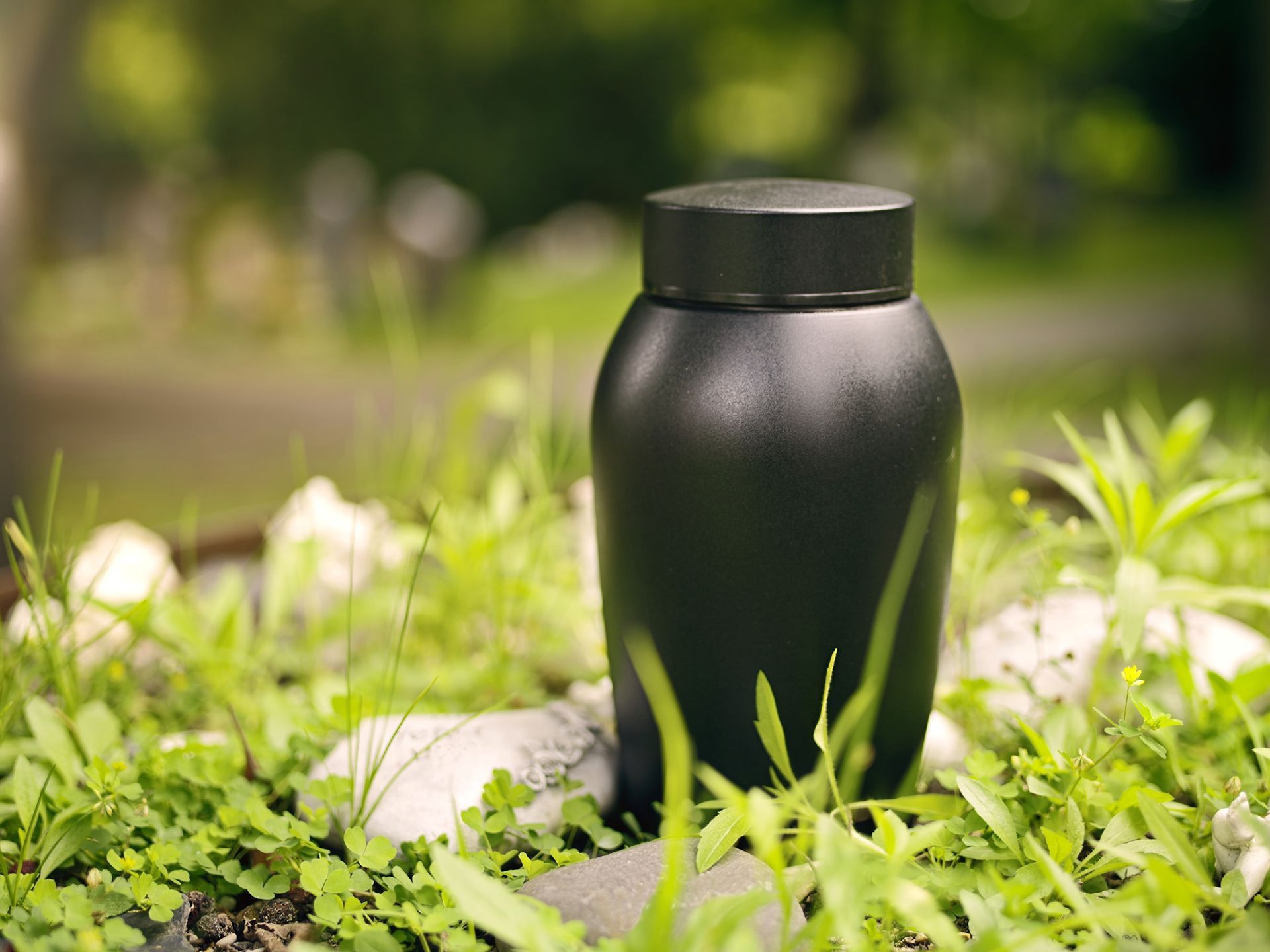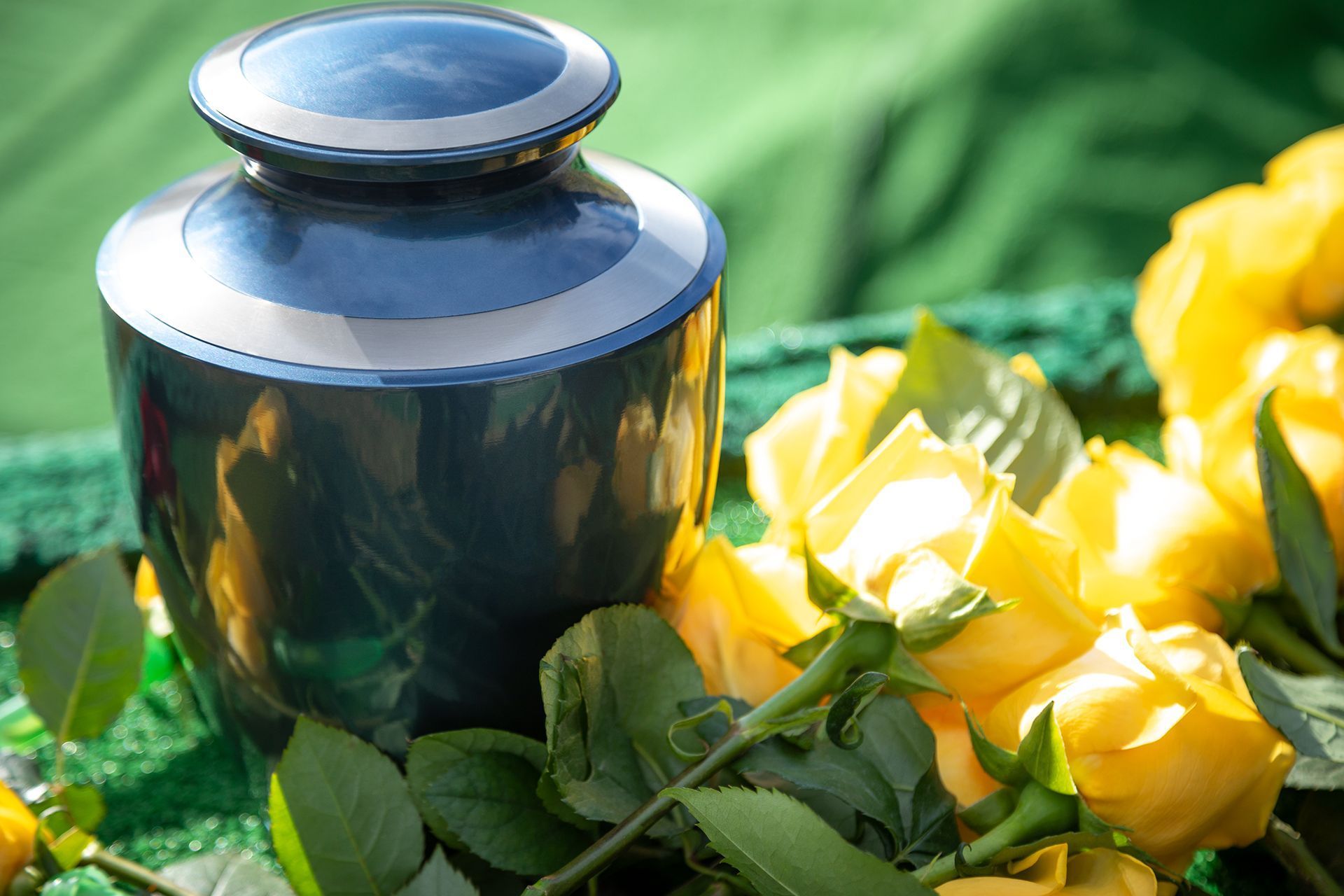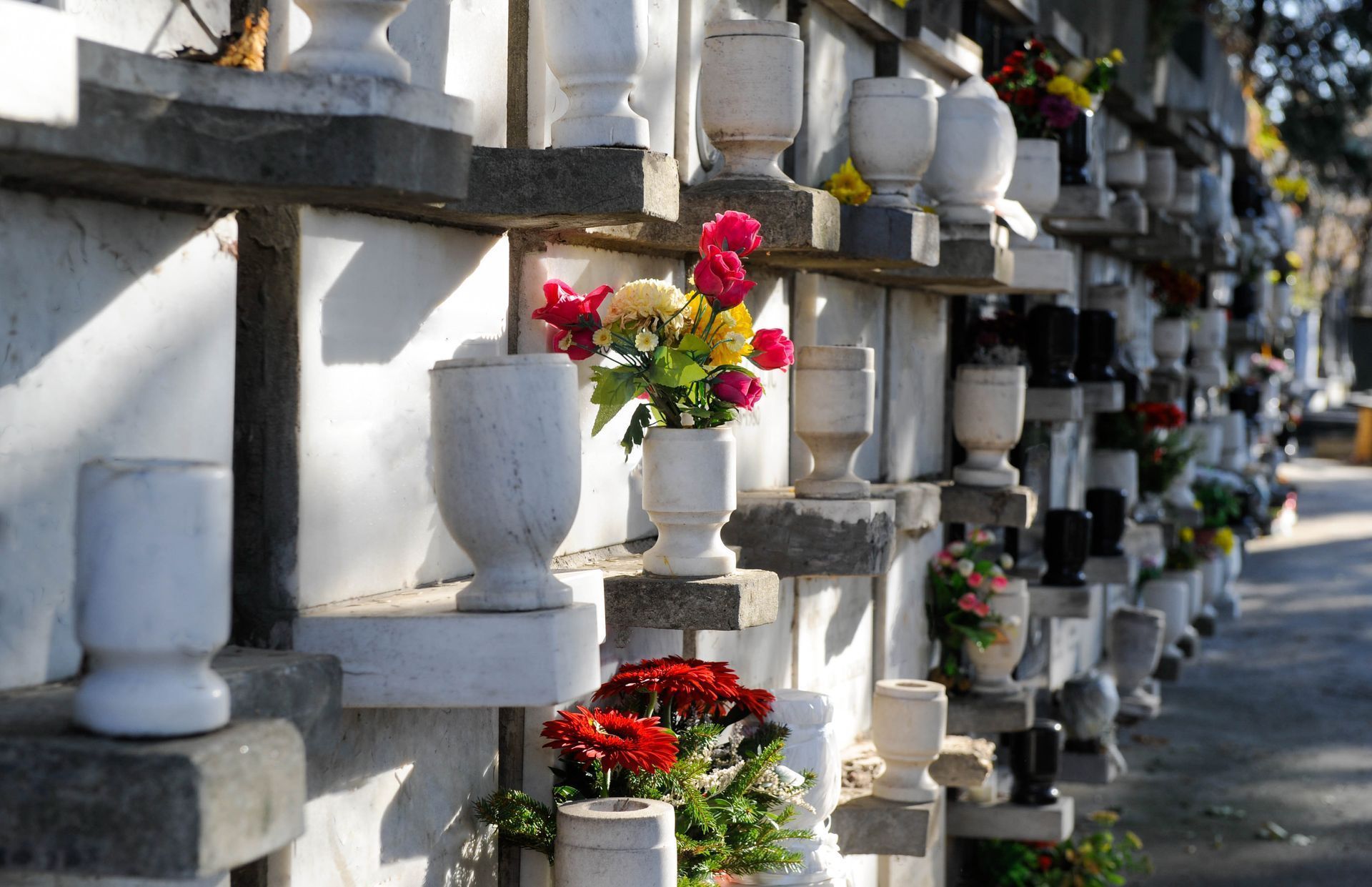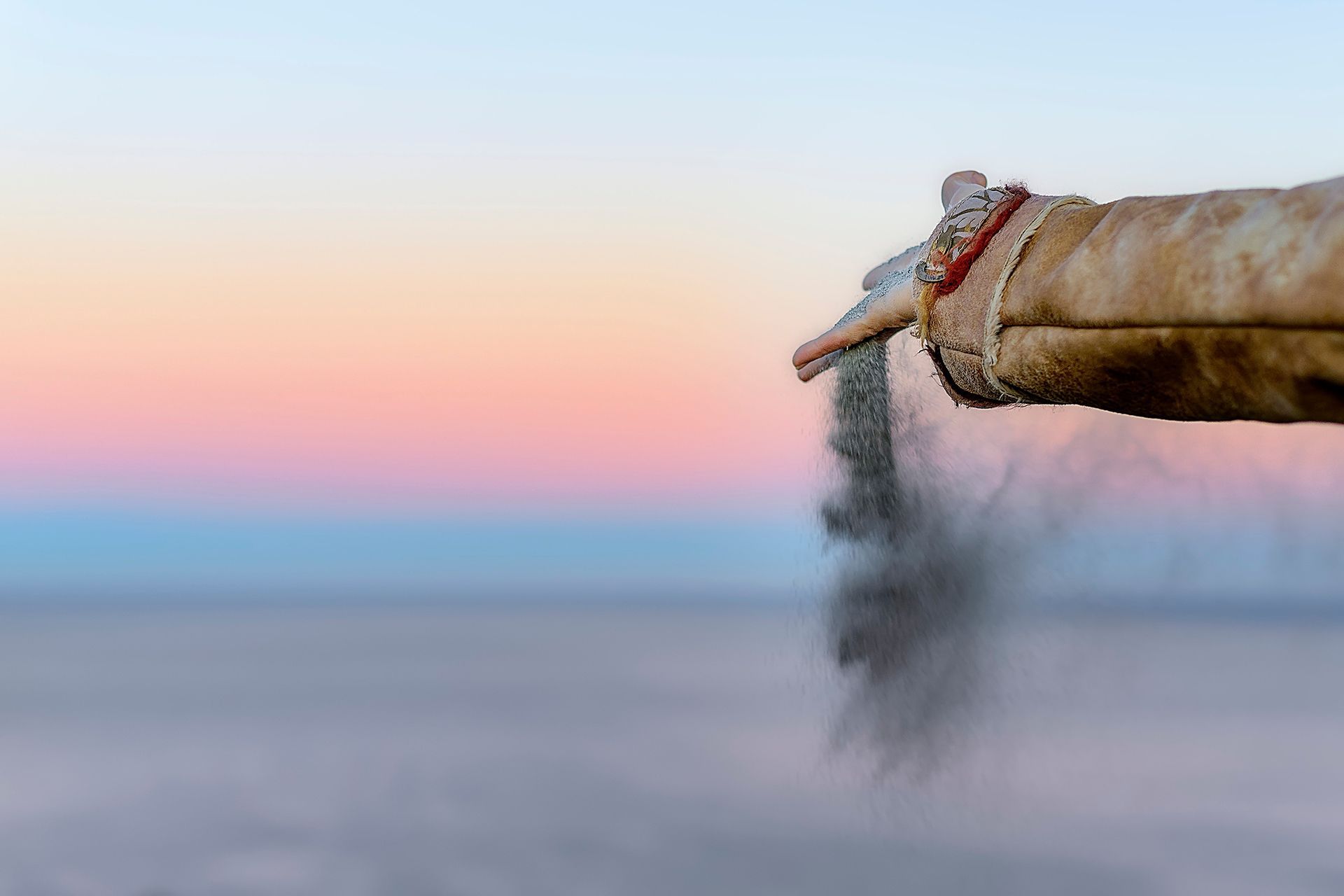Cremation Services
Cremation Service Options
If your family has chosen cremation, we offer affordable services that help celebrate the life of your loved one while giving you several options for a public gathering, and a final resting place.

Traditional Funeral Followed by Cremation
Many families find meaning and beauty in a traditional funeral service. With a traditional service combined with cremation, you can still choose to have a final viewing, visitation or wake, and a funeral service. However instead of in-ground burial, the funeral will be followed by cremation. Depending on your wishes, the cremated remains may be either returned to your family for storage in an urn, scattered, or interred in a columbarium. This option will include fees for the funeral services as well as the fees associated with the cremation itself.
Memorial Service
The memorial service can be held in our chapel, a church, or any other venue the family chooses. We work with our families to design a service that honors their loved one with stories, music, or scripture. We also have life celebrants that lead services where clergy may not be chosen. Our celebrants are trained in creating experiences that help start the healing process.
Graveside Service
A graveside or committal service is typically held immediately following the funeral service but it can also be a small intimate gathering of those closest to you.
Understanding Cremation
Considering Cremation?
It is important to get the information you need to make an informed decision about funeral plans for yourself or a loved one.
There are a variety of choices when selecting cremation. Consider which option best fits your culture, religion, and preferences and how each option would provide comfort to all who attended the service.
What is Cremation?
Cremation is an irreversible process in which flame is used to transform a deceased body back to its basic elements. A practice dating back thousands of years, modern cremation takes place in a crematorium where flames can reach 2000 degrees.
The word “cremation” is derived from the Latin word “cremates“ or “cremare” meaning “to burn up.” It is another way of preparing a person for remembrance.
The cremated remains are not really ashes but bone fragments. These are gathered and run through a processor, creating a uniform powder-like texture, which are referred to as “cremains.”
Cremation should not be considered a substitute for a funeral: it is simply a method of preparing human remains for final disposition.
Common ceremonial activities involving the cremains include visitation, burial or placement in a mausoleum of columbarium, scattering, burial at sea, of presentation of the cremains to the family.
Cremation can take place either before or after the funeral ceremonies.
New York State Laws
Unlike other states, New York State’s laws and regulations providing strong consumer protection by helping to ensure the bodies of the deceased are treated with dignity and respect.
New York State requires and Authorization for Cremation and Disposition form be completed and signed prior to cremation in NYS. The body must also be positively identified by the next-of-kin or person in control of disposition prior to cremation.
Communicate Your Wishes
To ensure your wishes will be honored upon your death, discuss your preferences with your family and loved ones now. Also be sure that you communicate your preference for cremation in writing – whether it be with your other end-of-life planning paperwork or in pre-arrangements made with your local funeral home. Per New York State law, your written preferences relating to your final disposition must be honored by your final disposition agent or next-of-kin. Ask your funeral director for more information on how to appoint a final disposition agent.
Why Have a Public Viewing?
Many grief specialists recognize the importance that viewing the body aids the grieving process by helping the bereaved recognize the reality of death and also helps survivors begin the grieving process. Consider having a ceremonial casket for funeral services prior to cremation. Your funeral director can show you the many options that are available.
A Permanent Place For Memorialization
Think ahead before taking your loved ones cremains home. The presence of a site marker or plaque plays an important role in aiding friends and family with the grieving and healing process that occur with the loss of a loved one. Consider where – and by whom – the cremains will be kept, as well as what will happen to them in the future. For this reason, it may be preferable to have the cremated remains interred in a perpetual care cemetery of columbarium.
The monument or marker you select will be a lasting genealogical record for your family and a lasting symbol of the special life you want to commemorate.
Do All Religions Permit Cremation?
For Orthodox Jews, cremation is not acceptable and the body should be buried, intact, in the ground.
Other religions prefer cremation or permit you to choose the type of disposition that fits your preferences.
In 2016, the Vatican published a new instruction regarding cremation for Catholics. It reiterates the long held view that the Church is not opposed to the practice of cremation, though it continues to recommend that the bodies of the deceased be buried in cemeteries or other sacred places. The new document insists that ashes should not be kept in private houses and that the scattering of ashes on land or at sea is not permitted.
Should you have questions, it is recommended that you speak with a member of your clergy for guidance.
Urns
The cremains should be treated with dignity and respect, placing them in a worthy vessel for internment. Urns are available in a variety if styles, shapes, material, and budget.
Before making a final decision, it should be decided where the cremains will be placed. Does your cemetery or columbarium require a specific size or type of urn or a vault to be used?
There are also smaller urns to hold only a small portion of the cremains. These are referred to as “keepsake urns,” and they are appropriate when families choose to divide the cremains among several family members.
Jewelry
To keep a loved one close, cremation jewelry is another popular option. For example, a pendant can hold a nominal amount of cremains in a securely-sealed compartment which can be worn. It is also possible to super-heat your loved one’s cremated ashes and turn them into a man-made diamond that can be worn and cherished. Your funeral director can provide information about the many different jewelry options available.
Scattering Cremains
Cremains and their final disposition are often used as an expression of the lifestyle and loves of the deceased – they can be incorporated into ocean reef structures and used by sea creatures. They can be launched into outer space and sprinkled on the ocean surface as well – making a statement about what the deceased found important during their lifetime.
Remember, you should check with your local government to see if there are any ordinances restricting scattering in public areas, on the water, on private land, or in a cemetery.
Is Cremation Less Expensive?
It depends on the selections you make. Many experts recommend a funeral service as a way of bringing closure to a life lived. A celebration of life can be held before or after cremation ceremony.
After careful consideration, families often choose to include visiting hours and a funeral memorial service with the casketed body present. Viewing the body provides comfort and an opportunity for everyone to say goodbye to the deceased in their own personal way, while also allowing the family and friends to share memories and console each other.
Permanent Memorialization

Keeping an Urn at Home
This is a common choice and families can select the perfect urn for their loved one.

Burying the Urn
Similar to a casket, the in-ground burial of the urn allows for a final resting place.

Placing the Urn in a Columbarium
Many families find comfort in having a final resting place that they can visit.

Scattering the Cremated Remains
Some families find comfort scattering the cremated remains in a special place.

